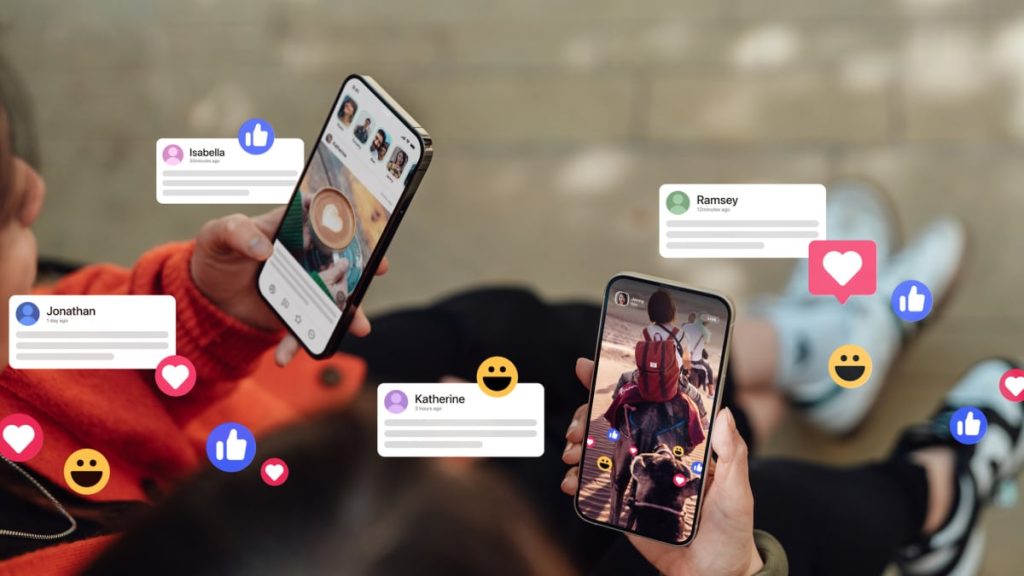The Evolution of Internet Culture: From Niche to Mainstream
There was a time when memes and internet humor were exclusive to a small group of people who considered themselves Extremely Online. Quoting obscure Vine videos that only a few in your circle recognized was a badge of honor, and evenings were spent engaging with mutuals on Twitter and exploring niche fandom accounts. This participation required an understanding of internet culture that the general public often lacked. However, by 2025, that reality has changed significantly.
Internet trends and catchphrases, which were once kept among a small circle, have become widely known and referenced, even beyond their original contexts. This is especially evident following the short-lived ‘BRAT summer’ trend, which has infiltrated everyday conversations, even among Facebook users, and has made it into political realms, as seen in Kamala Harris’ presidential campaign. Similarly, content that might have been shared privately among a close-knit group can now fuel marketing campaigns, indicating the loss of the once exclusive nature of being “very online.”
The Impact of Algorithm Changes
Despite the fact that people are still active online—Gen Z reportedly spends an average of 4.5 hours a day on social media—finding intimate online communities has become significantly more difficult. Your personalized feeds may seem unique, but they often reflect mainstream content that everyone else is also seeing. This shift is primarily driven by algorithms that prioritize recommended content over posts from accounts you actively follow. According to Dr. Carolina Are, a social media researcher, these algorithms suggest content based on user engagement rather than user preferences.
While algorithms can enhance content discovery by showcasing your interests, they homogenize experiences, making it elusive for smaller communities to thrive. Many find themselves encountering widely popular content instead of engaging within niche circles. The engagement metrics encourage broader interactions at the cost of deeper, community-focused connections. This shift has changed how we perceive our online interactions and the dynamics of social connections.
The Shift from Community to Commercialization
As the nature of online interactions has changed, former havens of authentic engagement have dissipated. Users like Izzy, who have been online since 2009, feel frustrated by algorithms that prioritize attention-grabbing content over meaningful connections. The focus has shifted significantly, with influencers and brands dominating feeds, overshadowing the voices of regular users. This transformation has blurred the lines between genuine engagement and commercial outputs, breeding a sense of disconnection among users.
Charlotte, a 27-year-old social media professional, echoes this sentiment, observing that her social feeds have become saturated with influencer content, leading to a parasocial relationship where creators do not feel like peers but rather distant personalities. Both Charlotte and Izzy lament the loss of genuine social dynamics that were once prevalent on platforms like Twitter, where community and friendship flourished.
A Nostalgic Reflection
The commercialization of social media has taken the joy out of internet culture, resulting in the disappearance of niche jokes and the spontaneity that characterized earlier online communities. As Izzy puts it, “There aren’t really niche internet jokes anymore because trends are co-opted by brands.” This evolution showcases a departure from a time when users engaged playfully, leading to a more somber digital landscape today.



